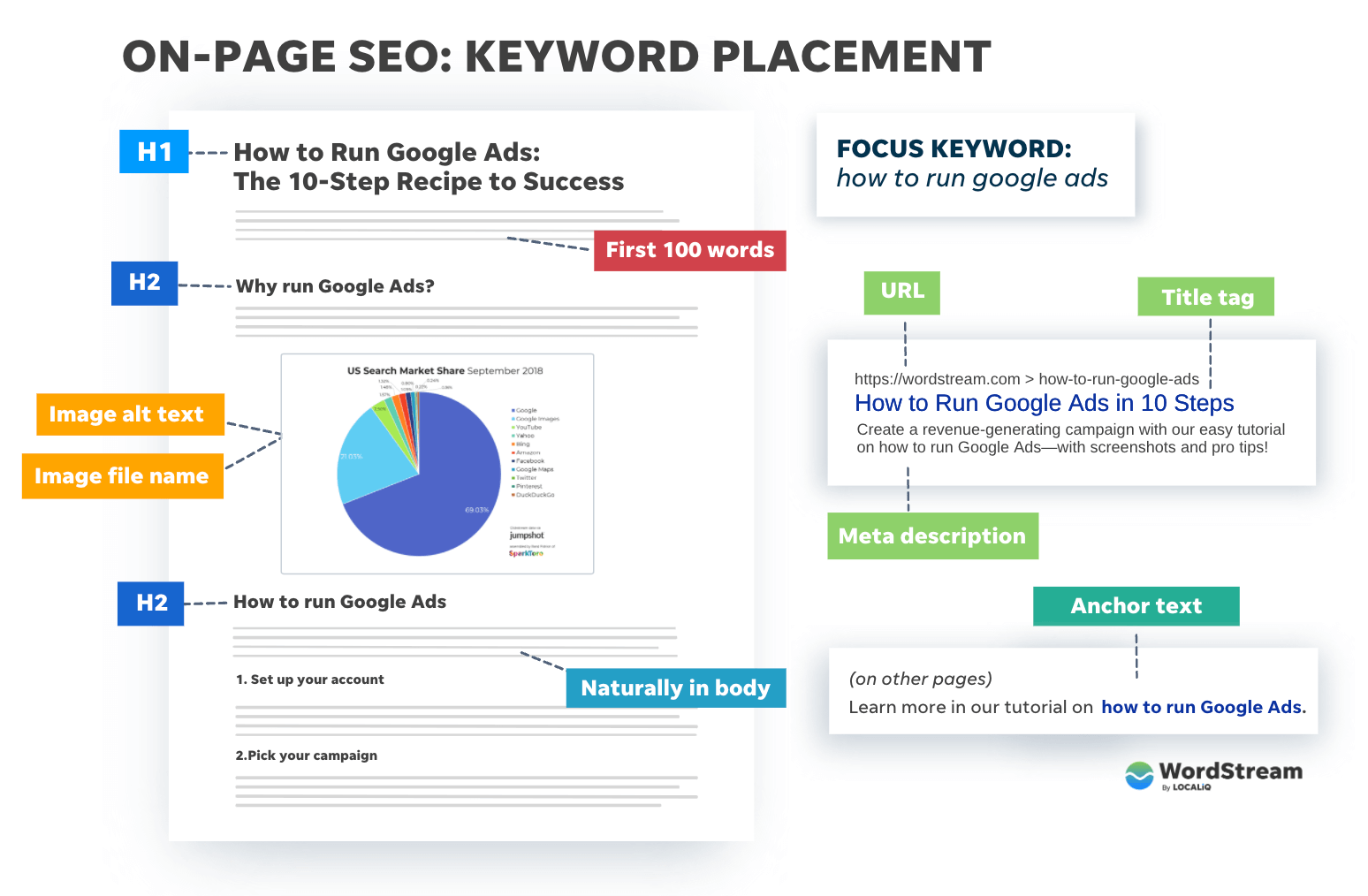Demystifying Secondary Dimensions in Google Analytics: Meaning and Practical Applications
Demystifying Secondary Dimensions in Google Analytics: Meaning and Practical Applications
Blog Article
Unveiling the Impact of Additional Dimension in Google Analytics on Information Evaluation and Insights
In the realm of information analytics, the use of secondary measurements within Google Analytics has become a crucial device for drawing out deeper understandings and unraveling complicated patterns that may otherwise continue to be obscured. By peeling back the layers of key data collections, second dimensions provide a nuanced perspective that improves the understanding of individual habits, website performance, and the performance of advertising strategies. Nonetheless, the true effect and untapped potential of additional dimensions are typically taken too lightly, overshadowed by the attraction of primary metrics. As we browse with the intricate landscape of information evaluation, the value of secondary dimensions ends up being increasingly noticeable, clarifying important details that hold the trick to educated decision-making and calculated optimizations.
Discovering the Idea of Additional Dimensions
Second dimensions in Google Analytics give additional insights by allowing individuals to examine primary data in combination with an additional attribute. By integrating second measurements, individuals can delve much deeper into the data and discover valuable connections that might otherwise go undetected - what is a secondary dimension in google analytics.
By exploring the various secondary dimensions readily available in Google Analytics, individuals can open brand-new understandings and enhance their electronic advertising efforts. In significance, additional measurements offer as an effective device for boosting data evaluation and driving actionable results.
Enhancing Data Analysis With Second Dimensions
Having actually developed the foundational understanding of secondary measurements in Google Analytics and their pivotal duty in information analysis, the emphasis currently moves towards leveraging these secondary features to boost the analysis of analytics information (what is a secondary dimension in google analytics). By integrating additional measurements right into information analysis, experts can obtain deeper understandings right into individual behavior, web site performance, and advertising effectiveness

Furthermore, second measurements aid in contextualizing key information metrics by providing added layers of details. This contextualization help in understanding the 'why' behind the data fads, helping experts make notified optimizations and decisions to boost general performance. Ultimately, including second measurements improves the information analysis procedure, bring about even more tactical actions and purposeful understandings.
Revealing Hidden Insights With Secondary Measurements
Exploring the midsts of analytics data with secondary measurements reveals useful insights that would certainly or else stay covered. By incorporating additional measurements in Google Analytics, services can uncover covert patterns, fads, and connections that give an even more comprehensive understanding of individual behavior and web site performance. These extra layers of data official site permit analysts to dive much deeper right into the key measurements, such as web traffic resources or landing web pages, and obtain a more nuanced viewpoint on just how different variables connect with each other.
Via the usage of second dimensions, analysts can section and compare data across different measurements, enabling them to identify certain variables that influence user involvement, conversion prices, and general success metrics. By matching the primary dimension of 'device classification' with the secondary measurement of 'age group,' marketing professionals can identify which age demographics choose accessing the website via mobile devices versus desktop computers.
Leveraging Second Dimensions for Actionable Analytics
Structure upon the insights introduced with secondary measurements in Google Analytics, organizations can now harness this enriched data landscape to drive workable analytics and critical decision-making. By leveraging additional dimensions, companies can dig much deeper into their information to extract beneficial patterns, trends, and correlations that may have formerly gone unnoticed. This deeper degree of analysis makes it possible for businesses to get a more thorough understanding of individual actions, campaign efficiency, and overall web her comment is here site effectiveness.
One secret benefit of using additional measurements for workable analytics is the ability to segment information based upon particular standards. This segmentation permits companies to customize their techniques and campaigns to various audience groups, causing more targeted and reliable marketing initiatives - what is a secondary dimension in google analytics. Additionally, secondary measurements supply an even more all natural view of individual communications, enabling services to maximize their website content, design, and general individual experience
Making The Most Of Decision-Making With Additional Measurements
To boost calculated decision-making in analytics, leveraging additional dimensions in Google Analytics can provide a more nuanced perspective on user habits and project efficiency. By including additional measurements into information analysis, businesses can dig deeper right into the specifics of their site visitors' interactions and involvement patterns. This added layer of information allows for an extra comprehensive understanding of just how various variables, such as demographics, tools, or website traffic resources, influence crucial performance indicators.

Verdict
To conclude, making use of additional dimensions in Google Analytics plays an important duty in enhancing data analysis and uncovering surprise insights. By discovering this look at this now concept, one can obtain a deeper understanding of user habits and make educated decisions based upon actionable analytics. Leveraging secondary measurements enables a much more thorough interpretation of information and optimizes the effectiveness of decision-making procedures.

Report this page